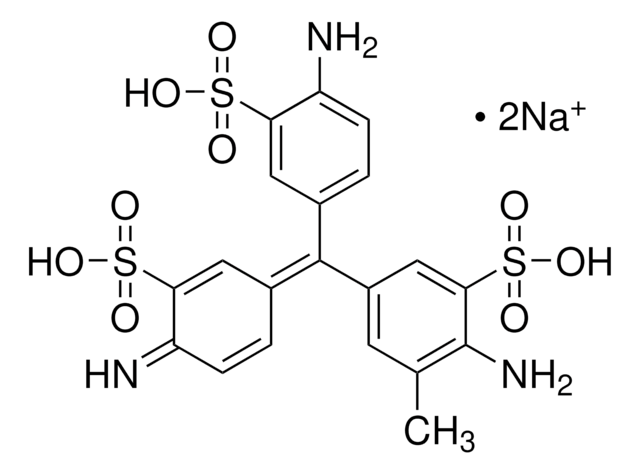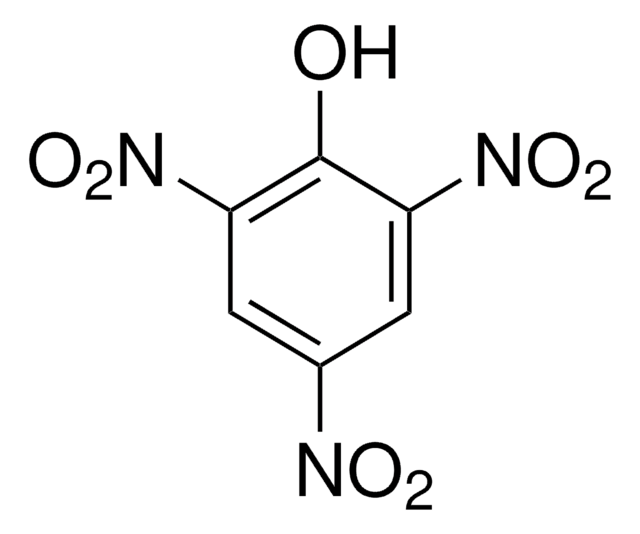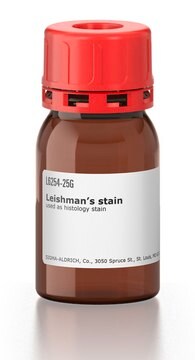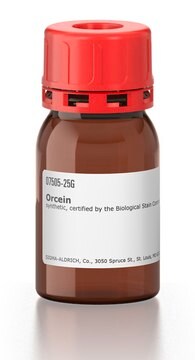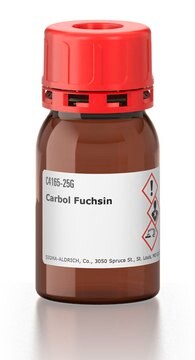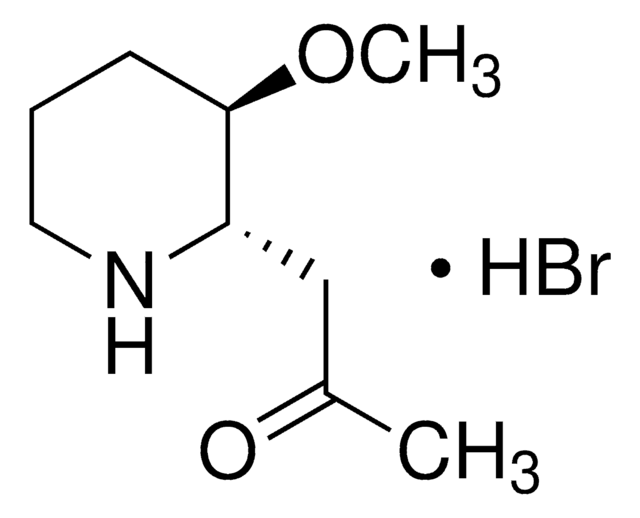61335
Lactophenol blue solution
for microscopy
Synonym(s):
Lactophenol Anilin Blue solution, Lactophenol Cotton Blue solution
About This Item
Recommended Products
grade
for microscopy
Quality Level
technique(s)
microbe id | staining: suitable
impurities
phenol
density
1.16 g/mL at 20 °C
suitability
suitable for microscopy
fungi
yeasts
application(s)
food and beverages
Other Notes
Signal Word
Danger
Hazard Statements
Precautionary Statements
Hazard Classifications
Acute Tox. 4 Inhalation - Acute Tox. 4 Oral - Aquatic Chronic 2 - Eye Dam. 1 - Muta. 2 - Skin Corr. 1B - STOT RE 2
Target Organs
Nervous system,Kidney,Liver,Skin
Supplementary Hazards
Storage Class Code
6.1A - Combustible acute toxic Cat. 1 and 2 / very toxic hazardous materials
WGK
WGK 3
Flash Point(F)
Not applicable
Flash Point(C)
Not applicable
Personal Protective Equipment
Choose from one of the most recent versions:
Already Own This Product?
Find documentation for the products that you have recently purchased in the Document Library.
Customers Also Viewed
Our team of scientists has experience in all areas of research including Life Science, Material Science, Chemical Synthesis, Chromatography, Analytical and many others.
Contact Technical Service
